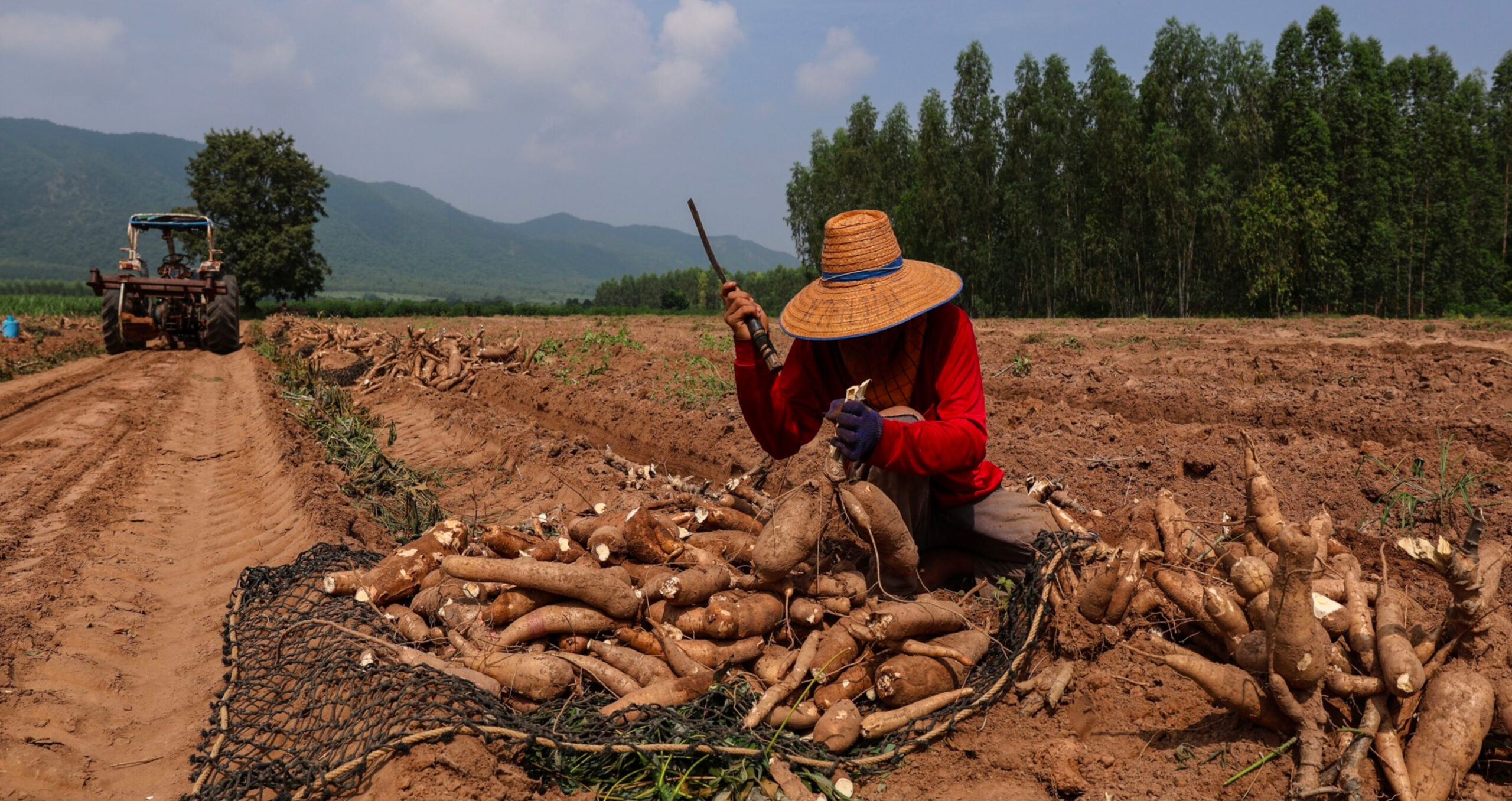
Could the Asean taxonomy help standardise south-east Asia’s ESG efforts?
By Natasha Teja

South-east Asia’s diverse economies are striving for a common language to drive the region’s green credentials, but country-specific characteristics make this a complex task
South-east Asia is looking to boost its environmental, social and governance credentials through a recent boom in green taxonomies. Thailand, Singapore, Malaysia, the Philippines and Indonesia have all developed individual frameworks, with the taxonomy developed in November 2021 by the Association of Southeast Asian Nations, a political and economic union of regional states, serving as a common language.
To continue reading
Request Free Trial- Unlimited access to all content
- Email alerts highliting key industry insight.
- Invitations to attend exlusive roundtables and events.
- The Sustainable Views Policy Tracker - deep insight on ESG regulations and deadlines
Already a subscriber?Log in
Similar Articles

In Brief: EU directs funds to sustainable fisheries; ethical tax standards released
The latest ESG policy and regulatory news
read more
In Brief: Singapore launches taxonomy with transition category; Canada releases oil emissions cap regulation
The latest ESG policy and regulatory news
read more
November 2, 2023
Asean countries ambivalent about EU CBAM
The European bloc’s largest trading partners in south-east Asia are concerned the carbon border adjustment mechanism could dent both their exports and overall GDP, but some see merit in the scheme
read moreA service from the Financial Times

